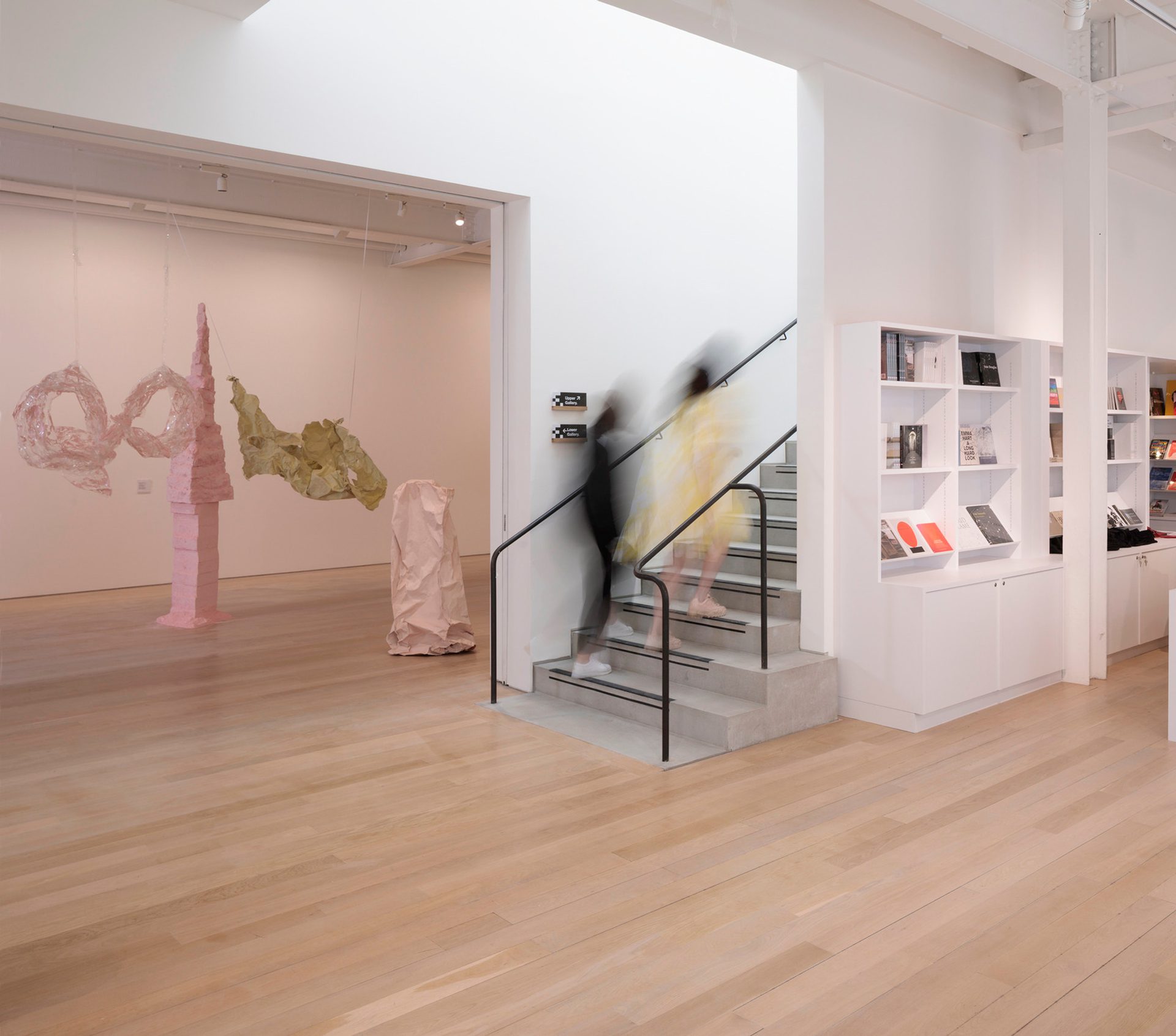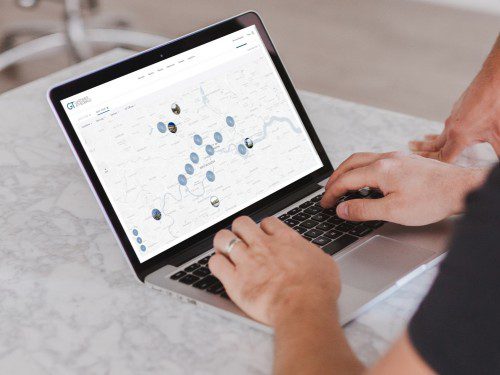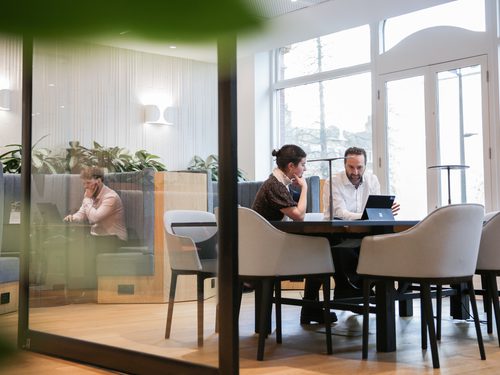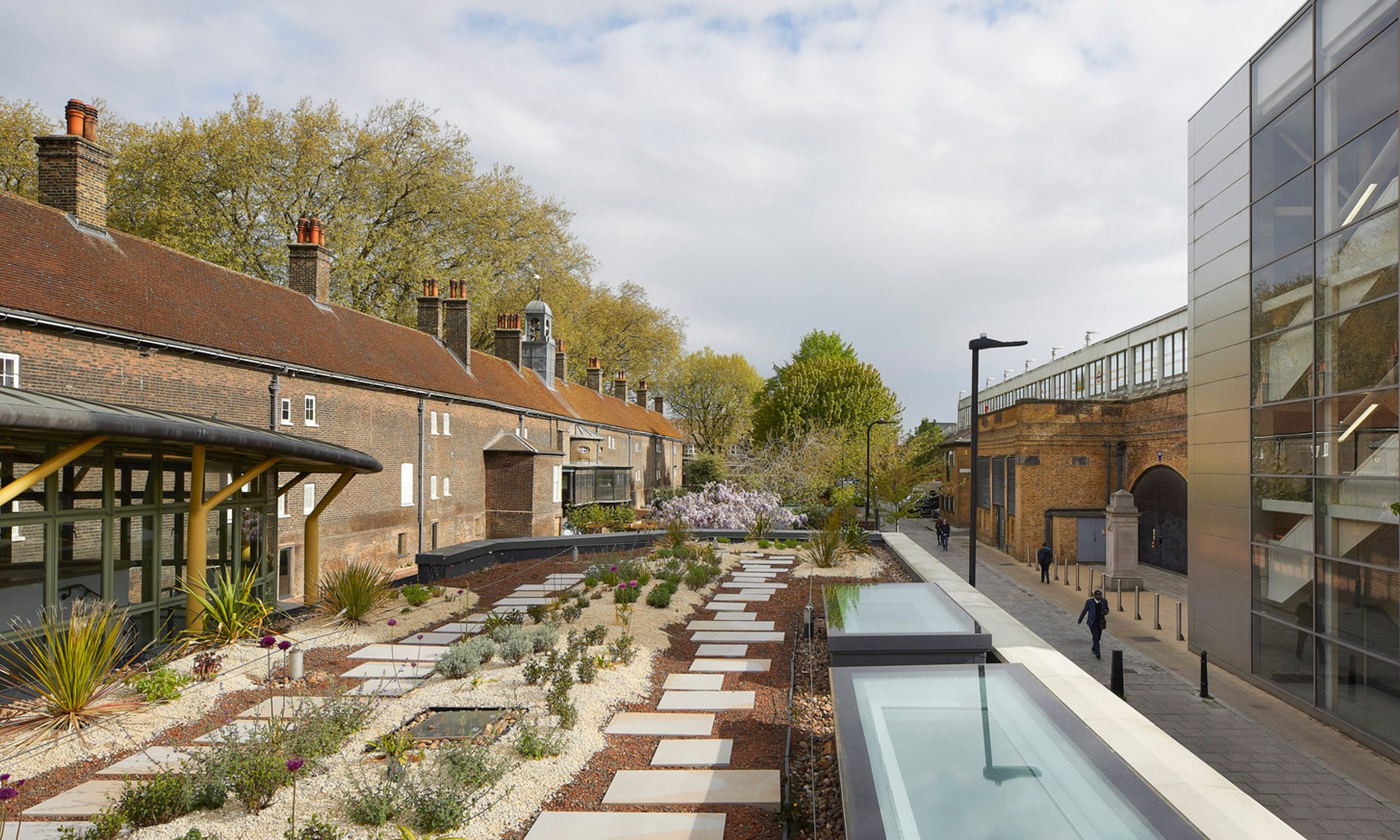Challenge
The Museum of the Home, formerly known as the Geffrye Museum, sought to significantly expand its exhibition and public spaces within the confines of its Grade I Listed 18th-century almshouses in Hoxton, London. The primary challenge was to sensitively refurbish and adapt these historic structures to accommodate modern museum facilities, while preserving their architectural integrity. Additionally, the project aimed to improve circulation and accessibility throughout the museum, addressing longstanding spatial limitations.
Solution
G&T provided both Cost Management and Project Management services, collaborating closely with Wright & Wright Architects and exhibition designers ZMMA. The project involved the creation of two new pavilions to serve as learning spaces and event venues, alongside extensive refurbishments of the existing almshouses. This included opening up previously unused areas on the lower ground and first floors to create additional exhibition spaces, introducing a new library and collections storage, and rectifying historic structural defects. Our meticulous management ensured that the integration of modern facilities was achieved without compromising the site's historical significance.
Outcome
The transformation resulted in an 80% increase in gallery space and a 50% increase in public areas, significantly enhancing the museum's capacity to host exhibitions and events. The addition of new entrances improved visitor flow, seamlessly connecting the museum to the surrounding community and the nearby Hoxton Station. G&T's strategic oversight was instrumental in delivering a project that harmoniously blends contemporary design with heritage conservation, providing an enriched cultural experience for visitors.




Key Contacts
Project Location
Arts, Heritage & Culture
See more projects within this Sector
Next Project
Renewing a cultural cornerstone










